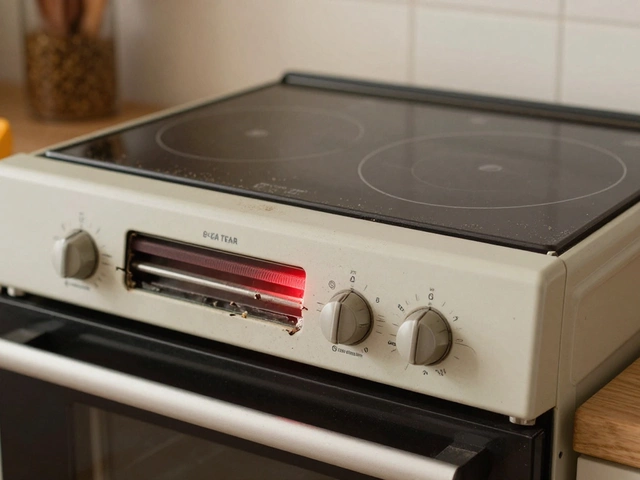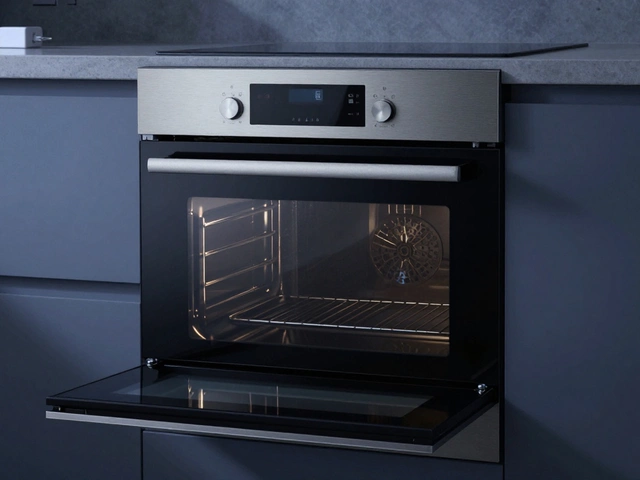Diagnose Washing Machine – How to Spot Problems Fast
When working with diagnose washing machine, the process of pinpointing faults in a washing machine before calling a technician. Also known as washing machine troubleshooting, it saves you a call‑out fee and gets your laundry back on track. The task sits inside the broader world of appliance repair, service that fixes household machines like fridges, ovens and dryers, and relies heavily on understanding the washing machine, the appliance that agitates, rinses and spins clothes itself. A typical diagnose washing machine routine encompasses checking the drain pump, the component that pushes excess water out of the tub and evaluating the motor, the engine that drives the drum’s motion. If either of these parts fails, the machine often shows error codes, leaks, or won’t spin. Knowing that diagnose washing machine requires a systematic look at water flow, power supply, and mechanical wear lets you narrow down the culprit before you even open the back panel.
Common Symptoms and What They Tell You
Ever wonder why your washer makes a grinding noise during the spin cycle? That sound usually points to a motor bearing that’s worn out or a drum that’s out of balance. A sudden stop mid‑cycle often means the door lock isn’t engaging – the machine won’t run if it thinks the door is open. If water refuses to fill, the water inlet valve might be clogged or the pressure sensor could be lying, which is a classic sign that the flow path is blocked. Leaking at the bottom of the machine? Check the door gasket first; a damaged seal lets water escape and can cause the electronics to short. Each of these symptoms relates to a specific component, so mapping the cue to the part creates a clear diagnostic path. For example, a tub that won’t spin but still drains points to a motor or belt issue rather than a pump problem. These connections form a chain: diagnose washing machine involves matching visible behavior with the likely internal fault, which then guides the repair step.
Ready to start your own check‑up? First, unplug the machine and pull the plug to avoid shock. Open the access panel and visually inspect the drain pump for debris – small socks or lint can jam the impeller. Next, listen for the motor hum when you set a short cycle; a silent motor usually needs a replacement or professional service. Run a quick test with the door open to see if the machine powers up – if it does, the lock mechanism is the suspect. Finally, verify that the water inlet hoses are not kinked and that the filters on the hose ends are clean; a blocked filter will prevent filling. By following these steps you’ll either fix the issue yourself or have a solid description to give a technician, cutting down on guesswork and cost. Below you’ll find a curated list of articles that dive deeper into each fault, offer DIY fixes, and explain when it’s best to call Warwick Appliance Fixers. Explore the collection and arm yourself with the knowledge to keep your laundry routine running smoothly.
Learn expert tips and practical steps to diagnose washer problems and keep laundry day running smoothly. Fix common issues before calling a repair tech.


